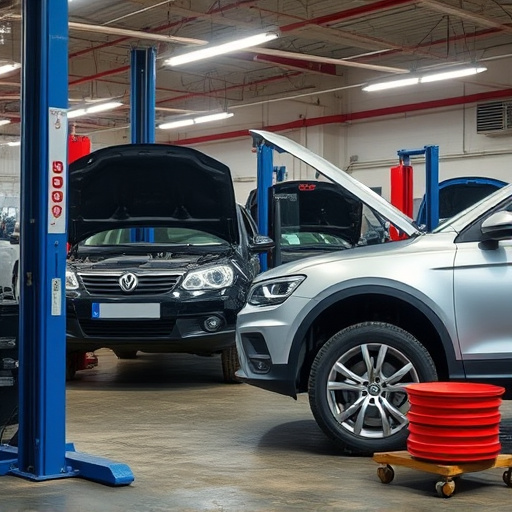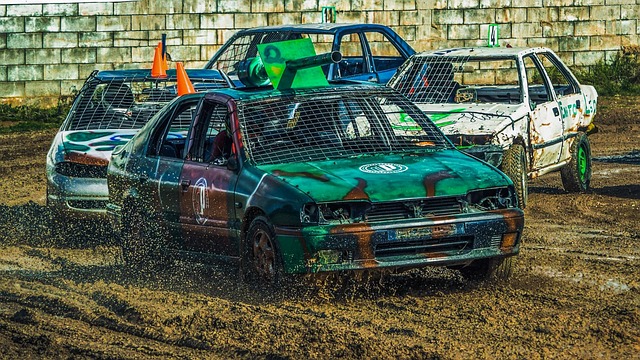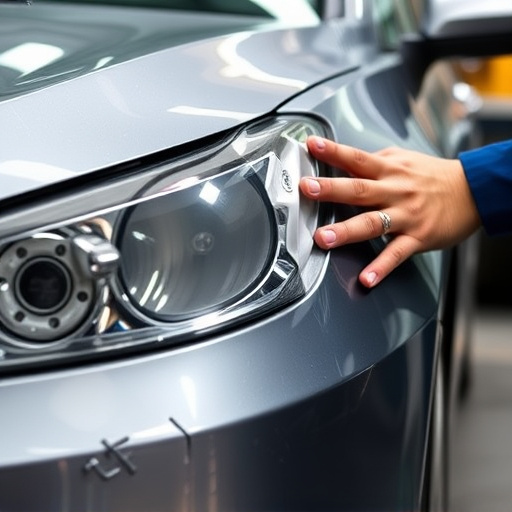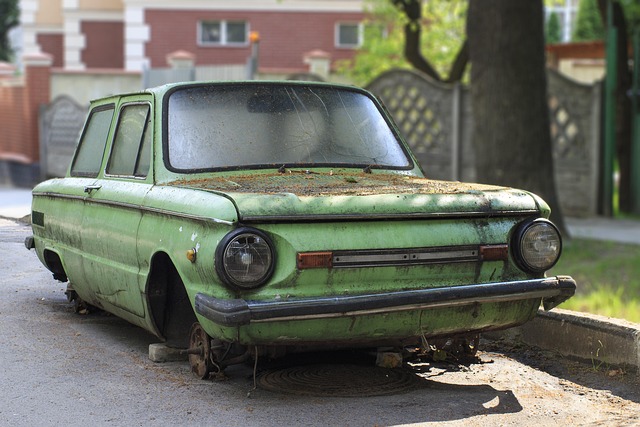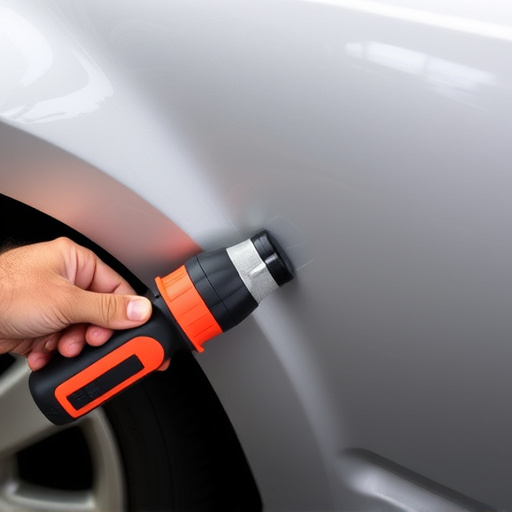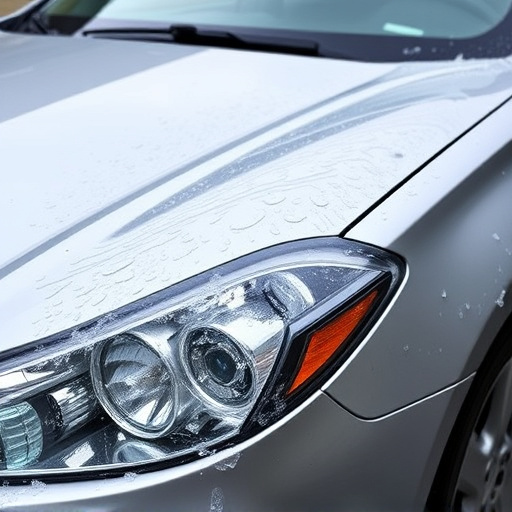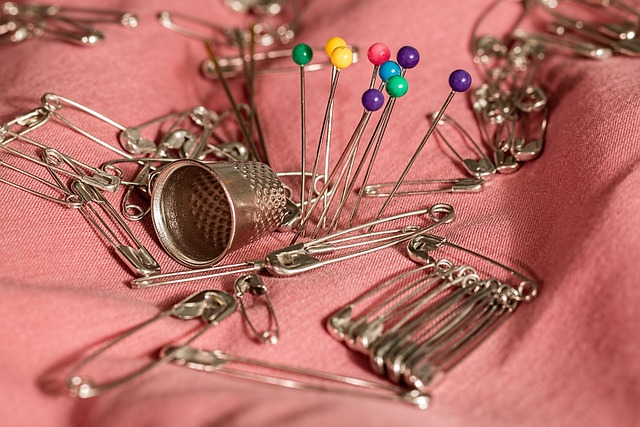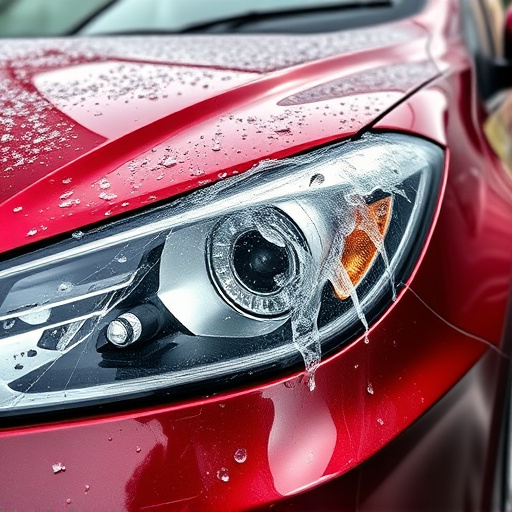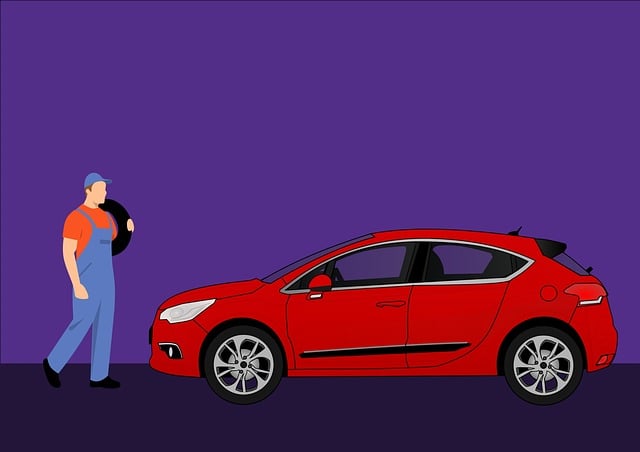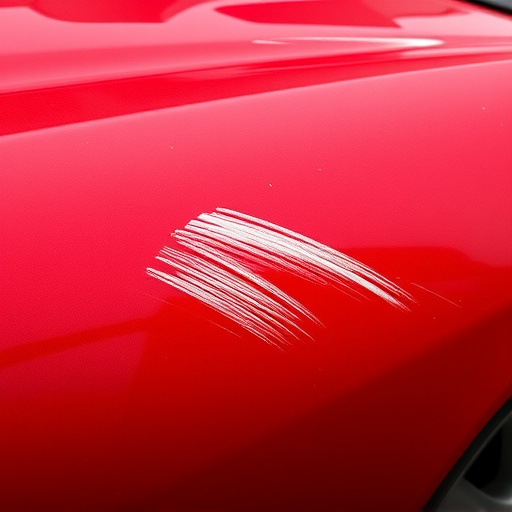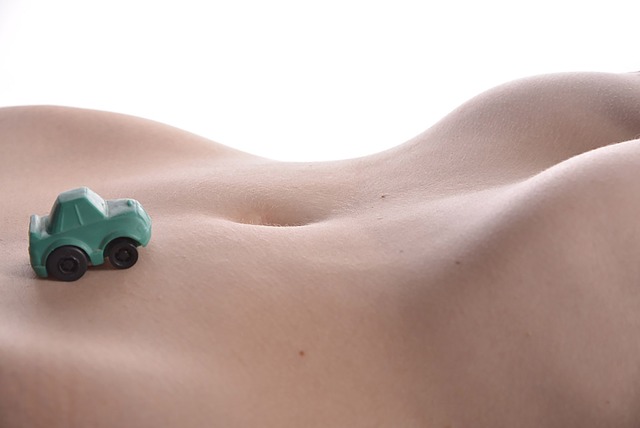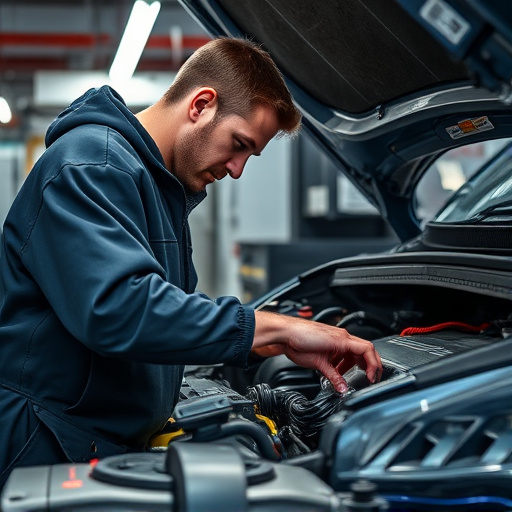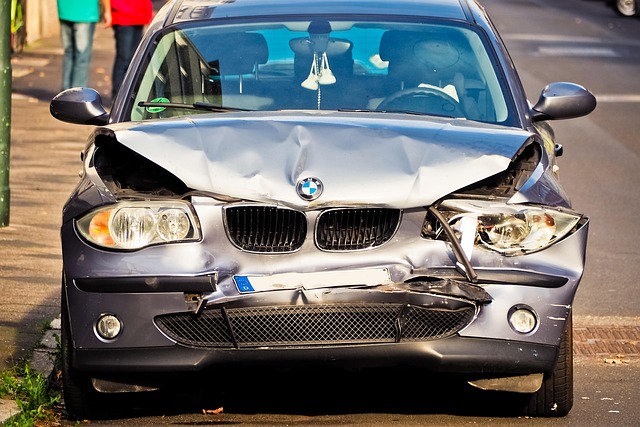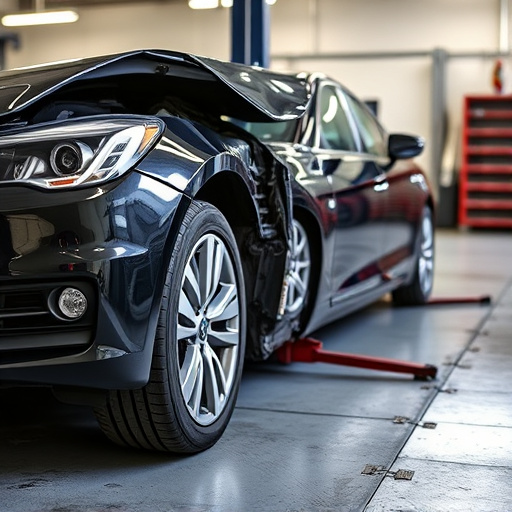A car body repair service begins with a thorough examination of the vehicle's exterior, identifying damage such as dents, scratches and cracks. Technicians carefully disassemble and prepare damaged parts, documenting design features for accurate reconstruction. Repairs range from simple scratch fixes to replacing entire body sections, using specialized tools and advanced equipment for precise color matching and structural integrity. Collision repair services are also available for complex issues, prioritizing safety and aesthetic restoration of the car body.
“Uncovering the intricate process behind a standard car body repair service, this guide breaks down each step into manageable parts. From initial assessments of exterior damage to meticulous disassembly and preparation, we explore the art of restoring vehicles to their former glory.
We delve into the heart of the repair process, focusing on effective techniques for refinishing, ensuring seamless integration with the car’s original design. Discover how skilled technicians navigate this journey, transforming damaged cars into like-new masterpieces through dedicated craftsmanship.”
- Assessing Damage: Examining the Car's Exterior
- Disassembly and Preparation: Removing Damaged Parts
- Repair and Refinishing: Restoring the Car's Surface
Assessing Damage: Examining the Car's Exterior

When it comes to assessing damage for a car body repair service, examining the exterior is a meticulous process that forms the foundation for the entire restoration. Skilled technicians will thoroughly inspect the vehicle, looking for various signs of wear and tear, accidents, or other incidents that may have affected its structural integrity and aesthetic appeal. They’ll check for dents, dings, scratches, cracks in the paint, and even subtle warping or misalignments in panels.
This initial evaluation is crucial as it determines the extent of work required. For instance, a simple car scratch repair might involve removing a small dent or filling in and sanding a chip in the paintwork. In contrast, more severe damage could necessitate replacing entire sections of the body, such as fenders, doors, or even the hood. The automotive body shop will then create a detailed plan for the car body repair service, ensuring that every aspect of the exterior is restored to its pre-incident condition, often with enhanced aesthetics through services like auto painting.
Disassembly and Preparation: Removing Damaged Parts

The first step in any car body repair service is thorough disassembly and preparation. This meticulous process involves carefully removing all damaged or affected parts of the vehicle, allowing for a clear view of the underlying structure. Skilled technicians employ specialized tools to disentangle components like panels, fenders, doors, and bumpers from the frame. Once removed, these parts are inspected for damage, with any non-salvageable items set aside for proper disposal or recycling.
During disassembly, technicians also take note of the vehicle’s specific design features, ensuring that every detail is accurately documented. This meticulous preparation stage is crucial in frame straightening and other collision repair services, as it enables precise reconstruction and ensures the restored car maintains its original structural integrity and aesthetic appeal. It’s a foundational step in providing top-quality auto body services.
Repair and Refinishing: Restoring the Car's Surface

After assessing the damage, the car body repair service begins with meticulous repair and refinishing to restore the vehicle’s surface to its original condition. Skilled technicians carefully remove any dents or scratches using specialized tools and techniques tailored to different types of car bodies. This process not only corrects aesthetic issues but also ensures structural integrity. Once the repairs are complete, a fine finish is applied, matching the car’s original paint job in terms of color, texture, and shine. This meticulous attention to detail guarantees that the car not only looks good as new but also retains its protective coating against future damage.
The repair and refinishing stage involves advanced equipment and knowledge of automotive materials. Technicians use sanders, buffers, and primers to prepare the surface before applying fresh paint. They carefully match the color using precise measurement tools, ensuring a seamless blend with the existing finish. Additionally, this phase may include auto glass replacement if needed, further enhancing the car’s overall appearance and safety features. Collision repair services often come into play here, addressing more complex issues that require specialized knowledge to fix without compromising structural integrity.
In the realm of automotive care, a standard car body repair service involves a meticulous process that begins with assessing damage, disassembling and preparing affected parts, followed by repairing and refinishing to restore the vehicle’s surface. These steps are pivotal in ensuring not just aesthetic enhancement but also structural integrity, making it a comprehensive solution for any car owner seeking top-notch vehicle restoration. Whether navigating through minor dents or significant crashes, understanding these phases equips individuals to appreciate the expertise involved in delivering a pristine car body repair service.
